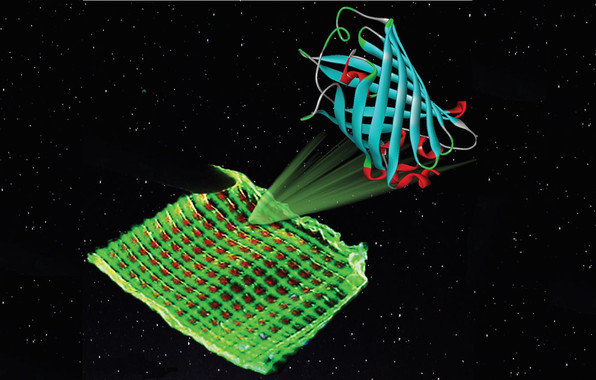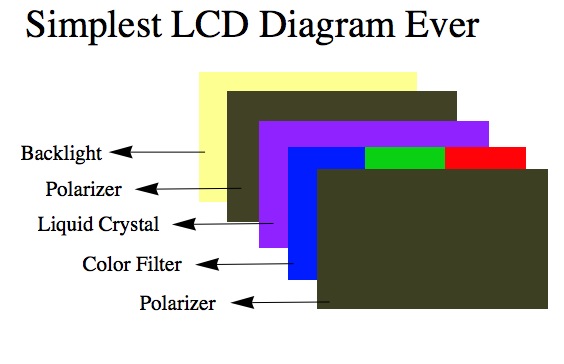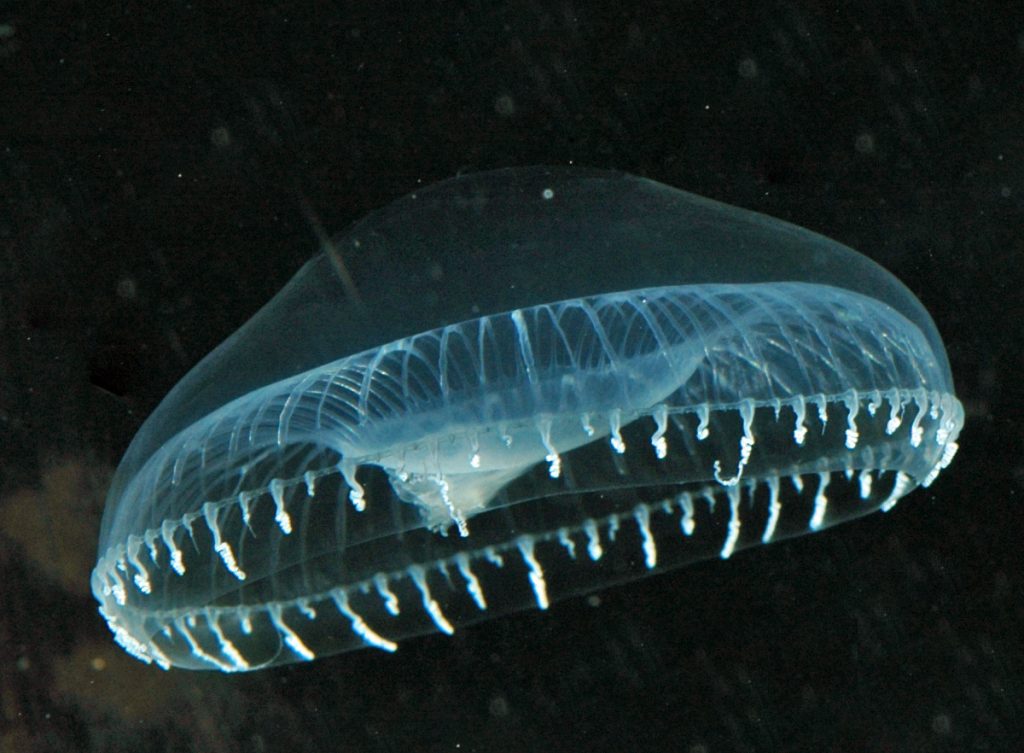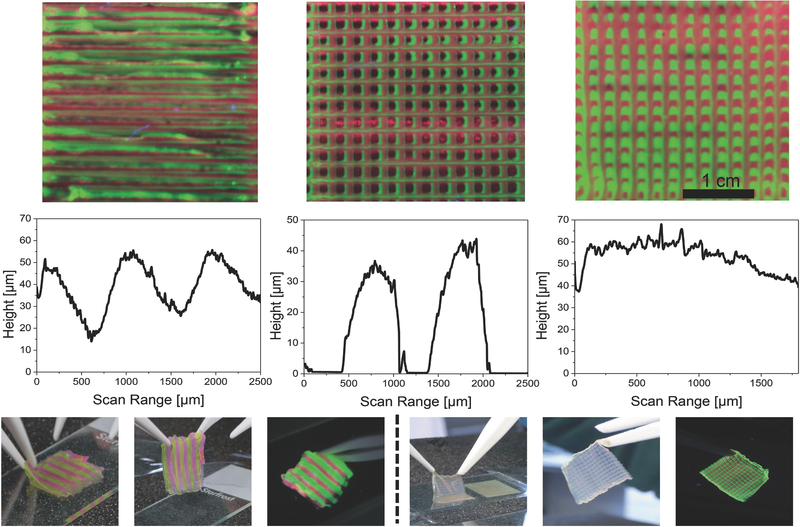Research at the Friedrich-Alexander University Erlangen-Nürnberg (FAU) in Germany is using 3D printing to embed glowing proteins into LED screens.

As the world continues to light-up with LEDs, the necessity for more efficient, cost effective, and eco-friendly production of the screens increases. There is also the desire to enhance the technology, making LED screens perform differently to how they do at present, for example making them more flexible and less susceptible to damage.
This is where biomaterials may have the answer.
Structure of an LED screen
An LED screen is composed of five critical layers (though there are more depending upon its use and casing). These five layers, from back to front, are as follows: backlight, polarizer, light emitting diodes, color filter and a second polarizer.

The research at FAU proposes an alternative for two of these crucial layers; the backlight, and the color filter, which typically consists of red, green and blue.
In FAU’s bio white hybrid light-emitting diodes (WHLEDs) the bare LED provides blue light, and the protein bio-filter provides green and red which when combined produce white light.
3D printing an LED color filter
All layers of an LED are necessarily very thin. In FAU’s first attempt at a bio-WHLED the colour filter coating measures 1 – 3mm, but this can limit the brightness of a screen. 3D printing this coating instead of course allows more control over layer-thickness.
In the paper, Micropatterned Down-Converting Coating for White Bio-Hybrid Light-Emitting Diodes, Dr. Rubén Costa et al. use a 3D printer nozzle with an inner diameter measuring 200 μm (microns), or 0.2 mm.
Inspired by jellyfish and coral
The bio-coatings on WHLEDs are composed of red mCherry, a protein commonly extracted from mushroom coral, and green eGFP from hydromedusa jellyfish.

The mCherry and eGFP are 3D printed in cellulose to bind them, at a layer thickness of 1100 μm and 500 μm respectively.
Two protein coatings are 3D printed – one with a micropatterned lattice structure (seen below), and one without.

By comparison, the micropatterned lattice shows an increase in luminosity when compared to the simpler structure, and shows improvement upon a bare LED. The rubbery texture of the layers also means that they could be used for flexible screens.
The study’s findings conclude,
We strongly believe that this work opens up a new route to exploit fluorescent proteins into optoelectronic applications, setting a new avenue of research into the emerging field of Bio-WHLEDs and its possible use in display applications.
The next step is to study how the proteins degrade over time, with the red mCherry being the most susceptible to decay.
Combining 3D bioprinting with electronics
Proteins extracted from other living matter are commonly used in 3D bioprinting research. The University of Bristol, UK, is one institution to use seaweed alginates in a bioink to create true-to life scaffolds for tissue engineering. Combining 3D bioprinting with other industries, in this case electronics, is one area which has real potential to make a positive impact on the environment.
The development of lab-on-a-chip technologies is another way science is attempting to eradicate environmental risks, and more 3D printer companies, such as ALGIX3D who use algae in their PLA, are incorporating biological material into their filaments to make them less-toxic.
Nominations for 3D printing research at the 3D Printing Industry Awards can be made here.
Featured image shows the LED screen advertising boards in London’s Piccadilly Circuc. Photo by Garry Knight on Flickr



